Heavy snow, frost, rain and flooding, unforgiving solid winds… British winters can sometimes be devastating, especially for your garden. Broken pots, flooded seedbeds, broken branches, ruined seedlings, destroyed shrubs and garden furniture… and all that followed by nasty to deal with pests and diseases.
Winter garden damage is unavoidable, especially for gardeners with less experience. But with time, gardeners learn how to anticipate potential problems and ensure that their crops, shrubs, and trees continue to thrive in spring.
This article gives you the best tips we know on how to revive your plants after bad weather, repair your damaged garden after winter, and ensure minimal damage in the future.
Survey Your Garden For Damage
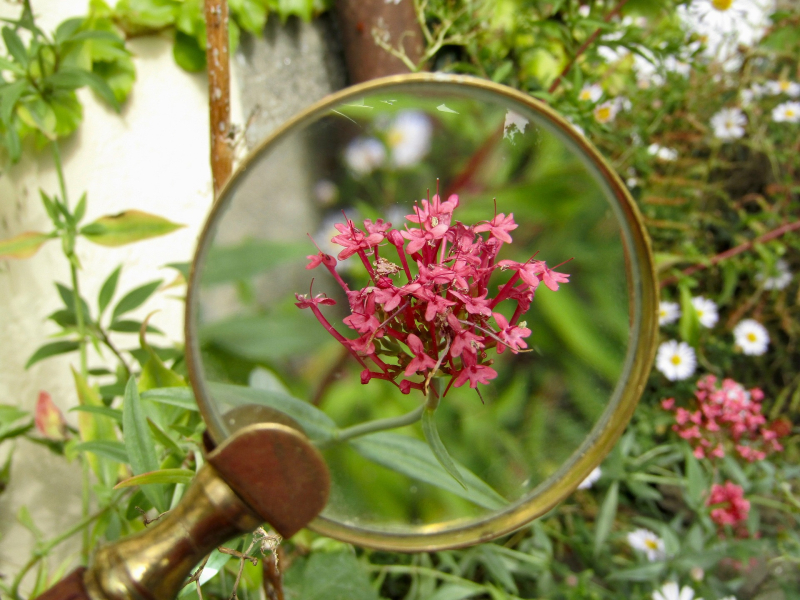
When the weather gets back to normal, and the winter storms diminish, the first thing to do is examine your garden for potential damage carefully. Make sure to look out for:
Fallen Or Broken Fences
To ensure you keep unwanted rodents and animals from entering your outdoor garden area, make sure to examine the condition of your fences and their stability.
Fallen Or Broken Trees And Heavy Branches
If there are trees or heavy branches blocking roads driveways, dangling dangerously or on top of other plants, carefully remove them. Are you not comfortable doing this? Have a professional handle the job (your safety comes first).
If heavy snow is accumulated on live branches, take a broom or gently use your hand to knock it off with an upward motion. This will prevent the snow from weighing branches down and causing them to crack and break.
Prune broken and infected branches, but if you see a plant with too many broken stems, consider replacing it.
Cracked Or Broken Pots
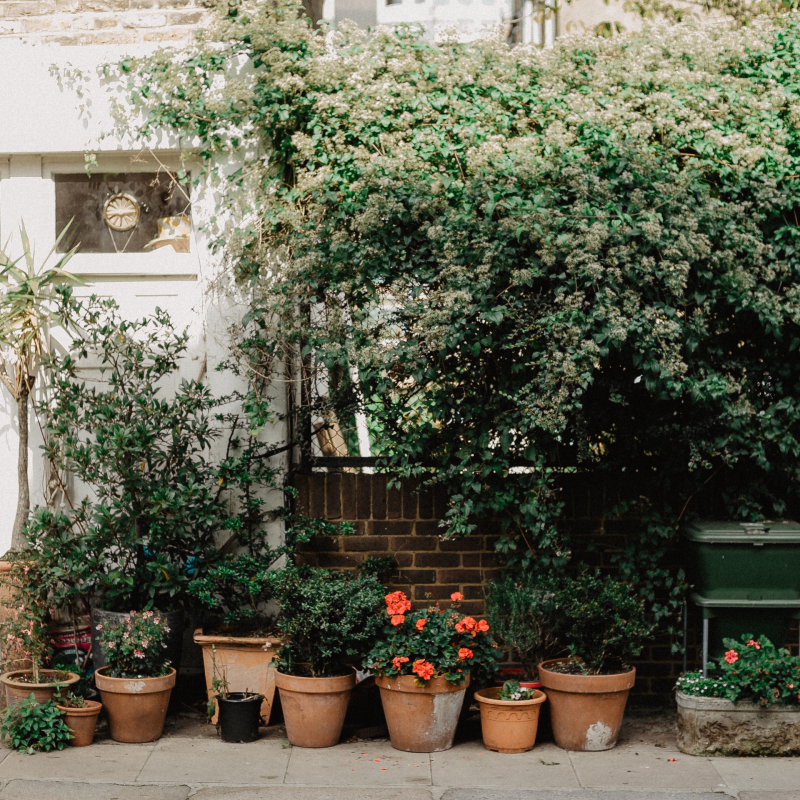
Depending on the placement of your pots, the wind might cause them to fall and break, or the cold can make them crack. Make sure to check all your pots for potential damage.
If you need to re-pot any plants, use an algae-based, liquid root stimulator. For example, CANNA Rhizotonic works great as a stress reliever.
Greenhouse pests
Pests might have survived in the greenhouse over winter and will resurface when the weather improves. To reduce the number of pests, you can use sticky traps, natural bug killers, and soapy water.
Do you have plants in your greenhouse that have suffered from a pest infestation? Help them recover quicker by using a seaweed stimulant like Biobizz Alg-A-Mic, CANNA Rhizotonic, Ecofective Bug and Mildew Control, Spray2Grow THRIPS Protection Spray. More products to help you fight nasty pest and disease problems are available HERE.
Pulled Plants Or Eroded Soil
After heavy wind or rain, survey your garden for eroded soil or plants pulled off of trellises and support. Root crowns or upper roots exposed to sunlight after rain may be harmful.
Flooded Spots And Soil Compaction
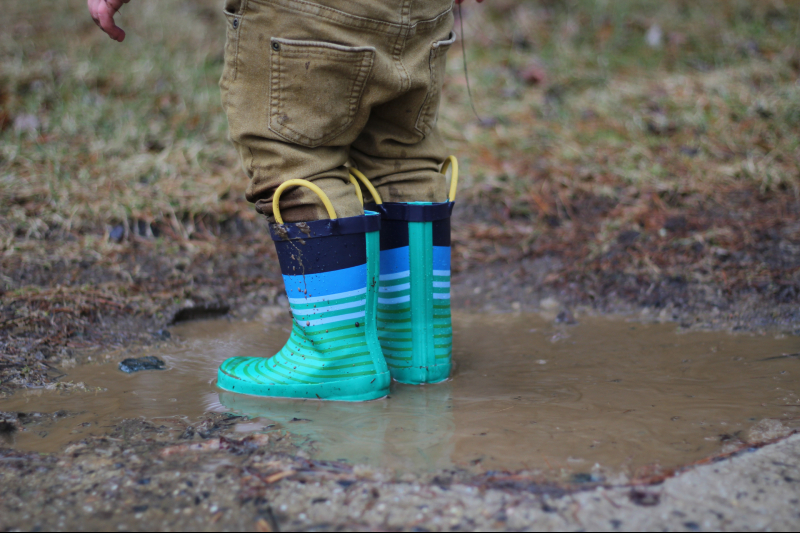
Impermeable layers below the soil (such as rocks or compacted soil) may cause water pools during and after rain.
These layers prevent normal water infiltration and may create impossible plant growth conditions to restrict water and nutrient cycles. In addition, the oxygen in that water will be used up by microbes, making the water anaerobic and toxic. If this repeatedly occurs over months or years, the soil may become unstable for supporting crops and reduce crop growth, yield and quality.
Try to identify such flooded spots and remove the impermeable layers underneath the soil.
- If the issues are due to rocks or other hard objects, try to remove them.
- If the problem is an in-depth clay layer, try to remove it. Or install a drainage system to avoid flooded spots and soil compaction.
- A natural way to regenerate compacted soil is the introduction of deep-rooting plants. They will crack the soil, break up impermeable layers by root penetration and increase organic matter.
- You can also treat the soil with lime to reduce acidity and improve fertility and oxygen levels. The lime will raise the pH level and base saturation to a level more suitable for microorganisms (especially earthworms in the topsoil). The increased activity of soil fauna will lose the soil and improve water and air permeability.
- To help boost the growth of all living organisms in the soil use a fish emulsion fertiliser like Biobizz Fish-Mix. This Biobizz product can revive soil that has no life in it.
To avoid soil compaction and damaging soil structure, do not walk or use heavy machinery in cultivated areas after rain.
If you plant any crops in these spots, you can feed them with an L-amino acid fertiliser like Biobizz Bio-Heaven as a carbon source for soil microorganisms. This will also improve moisture retention and help plants get rid of toxins. And to improve your plants’ immune system and increase the number of microbes in the soil, add humic acid and seaweed root stimulants like Biobizz Root-Juice or a highly-concentrated enzyme product like CANNA Cannazym or Advanced Nutrients Sensizym. The enzymes will turn dead roots into sugars and minerals that are a new source of nutrients for microorganisms.
Lawn Care: Weed And Moss
Moss and weeds thrive in the cold. Heavy rain or snow melting will break their winter dormancy much earlier to invade the space of grass. You can prevent this by creating conditions more favourable for grass and less favourable for moss.
- Clean up and remove weed and moss sprouts while they’re still tiny and the soil is moist.
- Aerate with a hollow core aerator that perforates the soil on your lawn. These small holes facilitate the penetration of air, water and vital nutrients down to the roots of the grass.
- Top-dress with lawn soil to smooth out the aerated soil, improve drainage, soil structure and encourage strong roots.
- When the atmosphere warms to 5°C+ add free grass seeds.
- Use a soil improver or an enzyme product like CANNA Cannazym or Advanced Nutrients Sensizym for good aeration in the root environment.
Young Plants And Seedlings
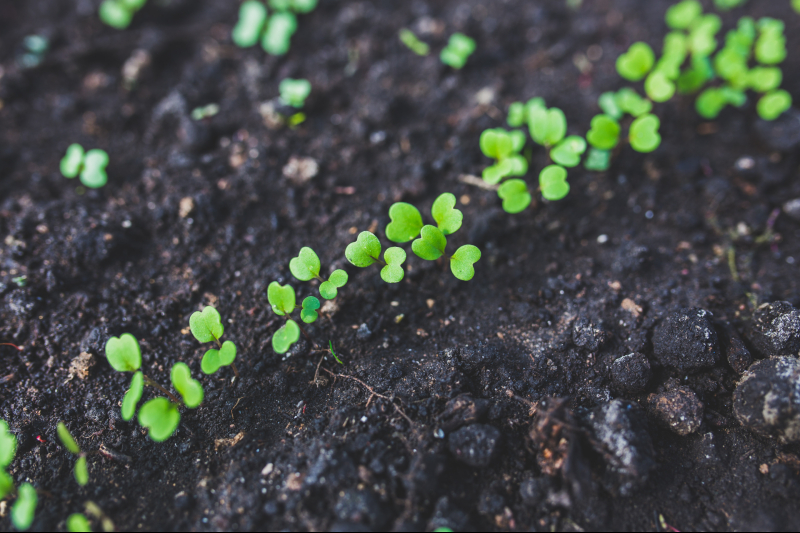
Fallen leaves and plant debris can inhibit or kill seedlings and small plants. Check if your seedlings and small plants are not covered in mud, and refresh and soothe your mulch.
Apply a vitamin B additive like Advanced Nutrients B-52. It boosts your crops’ metabolic and immune systems and strengthens seedlings, transplants and clones. If you notice sudden drops in temperatures, you can also protect your young plants and seedlings with a natural latex foliar spray like Biobizz Leaf-Coat. It safeguards plants against the cold and maintains leaf temperature.
If you notice powdery mildew on your crops, you might consider investing in products such as Optic Foliar ATAK. It is the only fungus product on the market that guarantees no damage to the leaves while providing safe, nontoxic results that leave nothing within the plant that will affect the taste or the quality of crops.
Frozen Vegetables
If you already have started germinating veggie seeds outside and cold weather surprised you, you might face potential diseases, a higher rate of growth failure or inadequate rooting. The deeper the frost penetrates the soil, the longer it takes to replace its natural warmth.
To speed up soil warming and protect your frozen plants, you can cover your veggie seedbeds with black polythene or use cloches to keep crops warmer and protect their microclimate.
Damaged Plants
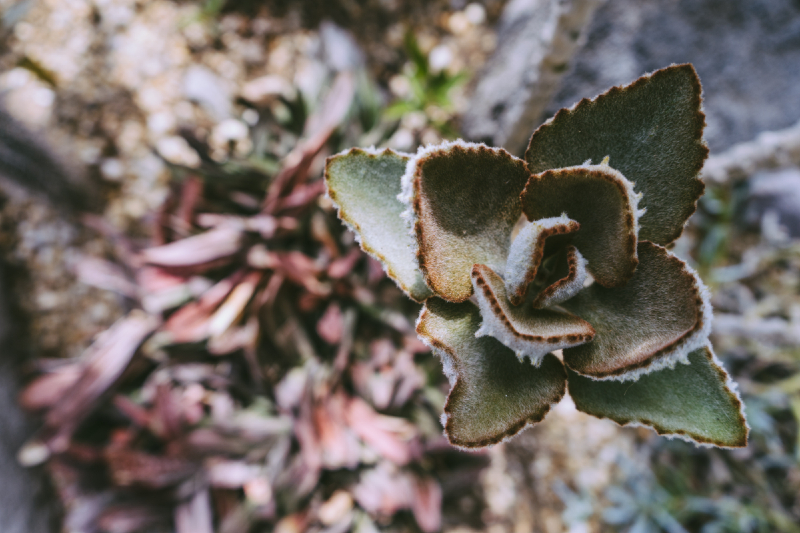
It may be challenging to evaluate damage until plants come back to life when the temperature rises. Nevertheless, there are things you may do to minimise winter plant damage:
- If your plants get frosted protect them from the morning sun so that they do not defrost too quickly.
- Use a balanced fertiliser to feed damaged plants to encourage strong, healthy growth.
- Apply an organic seaweed stimulant like Biobizz Alg-A-Mic or CANNA Rhizotonic to reduce stress and speed up the crop’s revitalization process.
- Move small, tender plants into the greenhouse until they recover properly.
- Cut back frosted growth in spring to a healthy new bud. This will encourage the production of new shoots and will prevent further dieback.
- Newly-planted crops need to be checked regularly. Ensure their roots are always in contact with the soil by re-firming the ground around them.
If your plants are brown and lifeless, winter may have killed parts of them.
Evergreens
The winter winds might have dried out the leaves of your evergreens. If you notice brown or bronze leaves, don’t be too quick to think it is a fungal disease. Usually, your evergreens’ leaves will go back to their typical colours in spring. Nevertheless, you can use mulch as a preventive measure to reduce water loss.
Be Better Prepared Next Year

Great! Now that you learned how to handle garden damage after winter and bad weather, here are some measures you can take to avoid severe damage the next time a bad UK snow or wind storm hits upon your garden.
- Before the onset of next winter, remove partially dead or weak branches. This will make trees and bushes less susceptible to damage.
- Use mulch around the base of plants to help maintain a more constant temperature at the base.
- Plant your plants in a location suitable for them. For example, if a plant is likely to be damaged by wind, choose a place in your garden where the wind is least strong.
- Use a thick mulch of manure or old leaves to cover tender bulbs and herbaceous plants (that die back) to prevent the soil from freezing. Evergreens will also benefit from a thick layer of mulch around their bases.
- Choose outdoor containers (such as fabric pots) that are frost-proof to prevent cracking and breaking.
- Survey and strengthen your fences at the beginning of winter and before storms.
- Create a better rain garden drainage system to avoid water accumulation.
- During extremely cold weather and snow, mice, rabbits, and voles look for warm and comfortable places. Protect your trees from rodent attacks by installing a sheet or a galvanised screen around the trunk before winter arrives.
We hope you have enjoyed this guide and are now ready to deal with garden damage after the end of this year’s cold British winter.
For more valuable guides every month, make sure to follow us on Facebook.

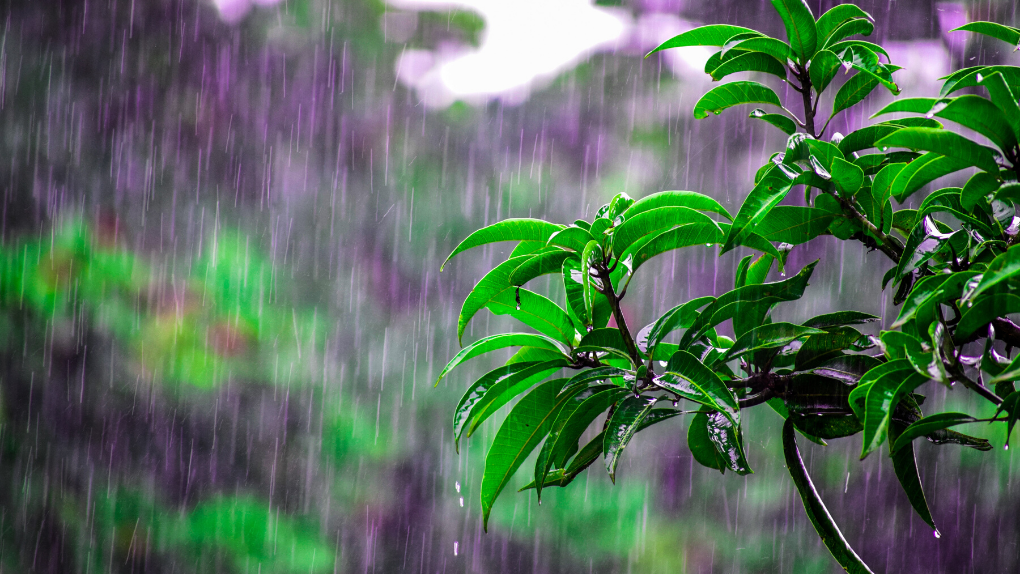
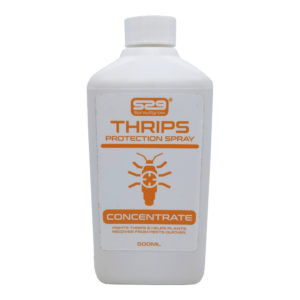

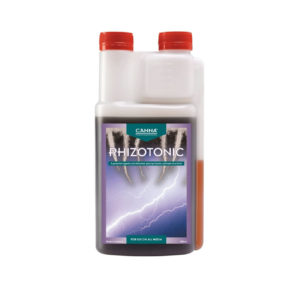

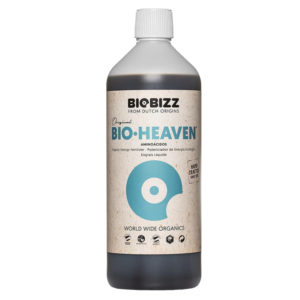
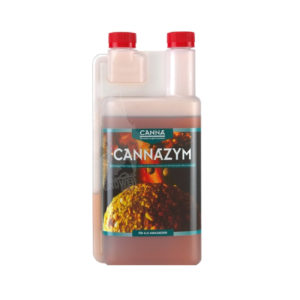
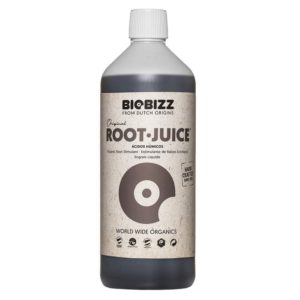
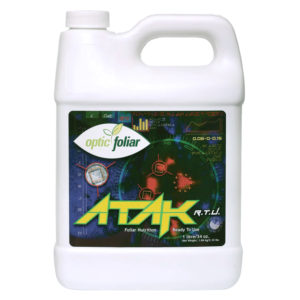

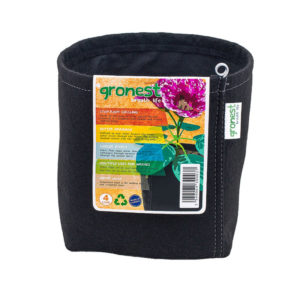
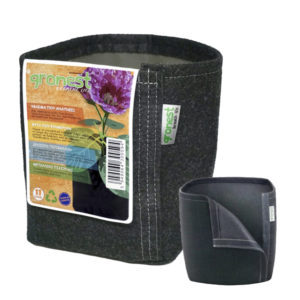
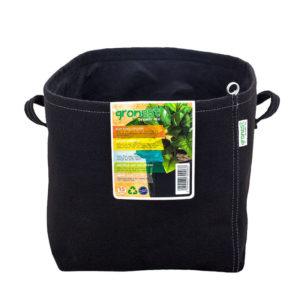

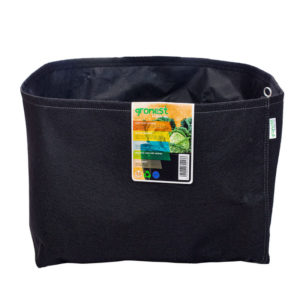
Love this!! Thank you for the great tips.